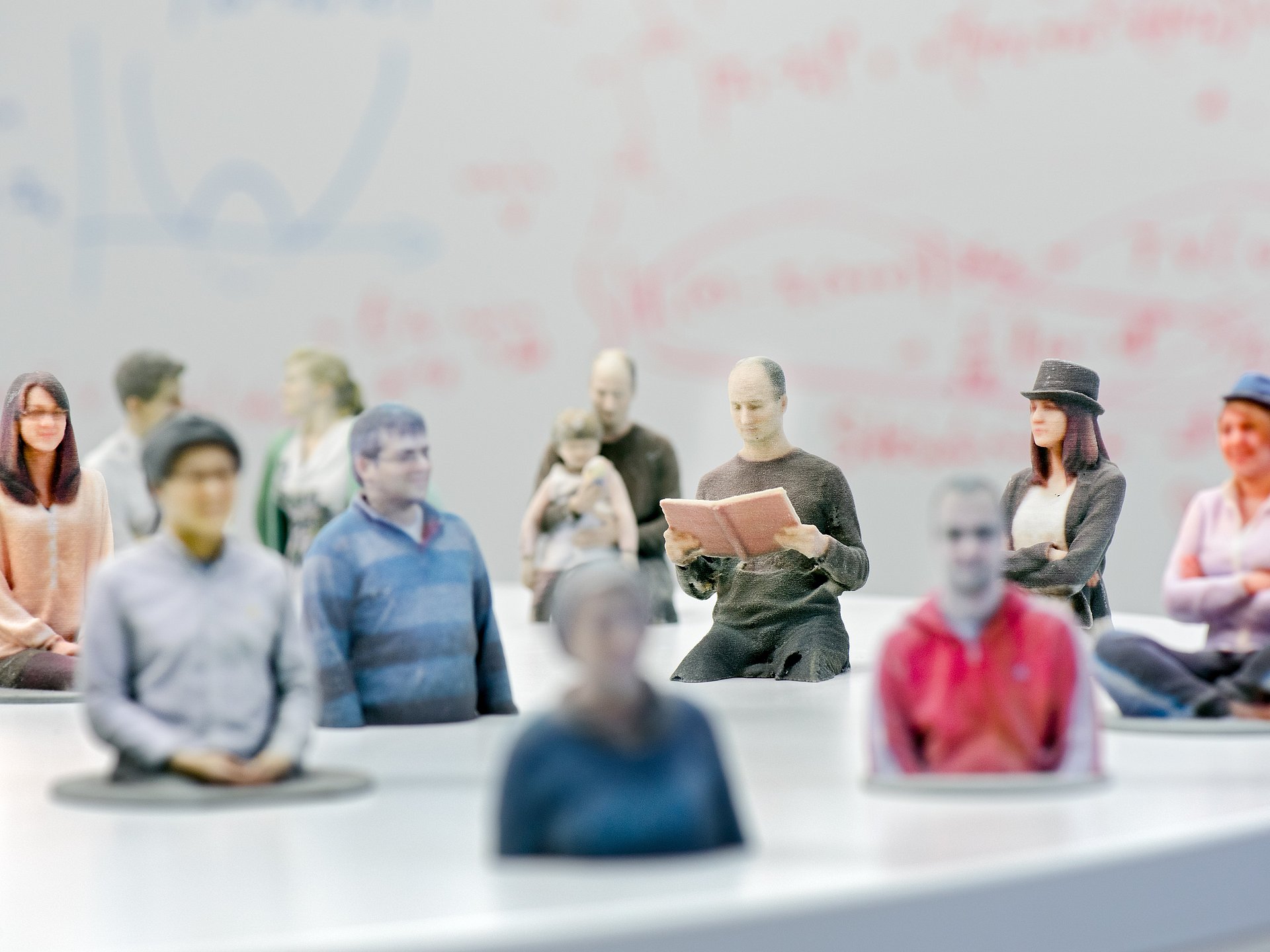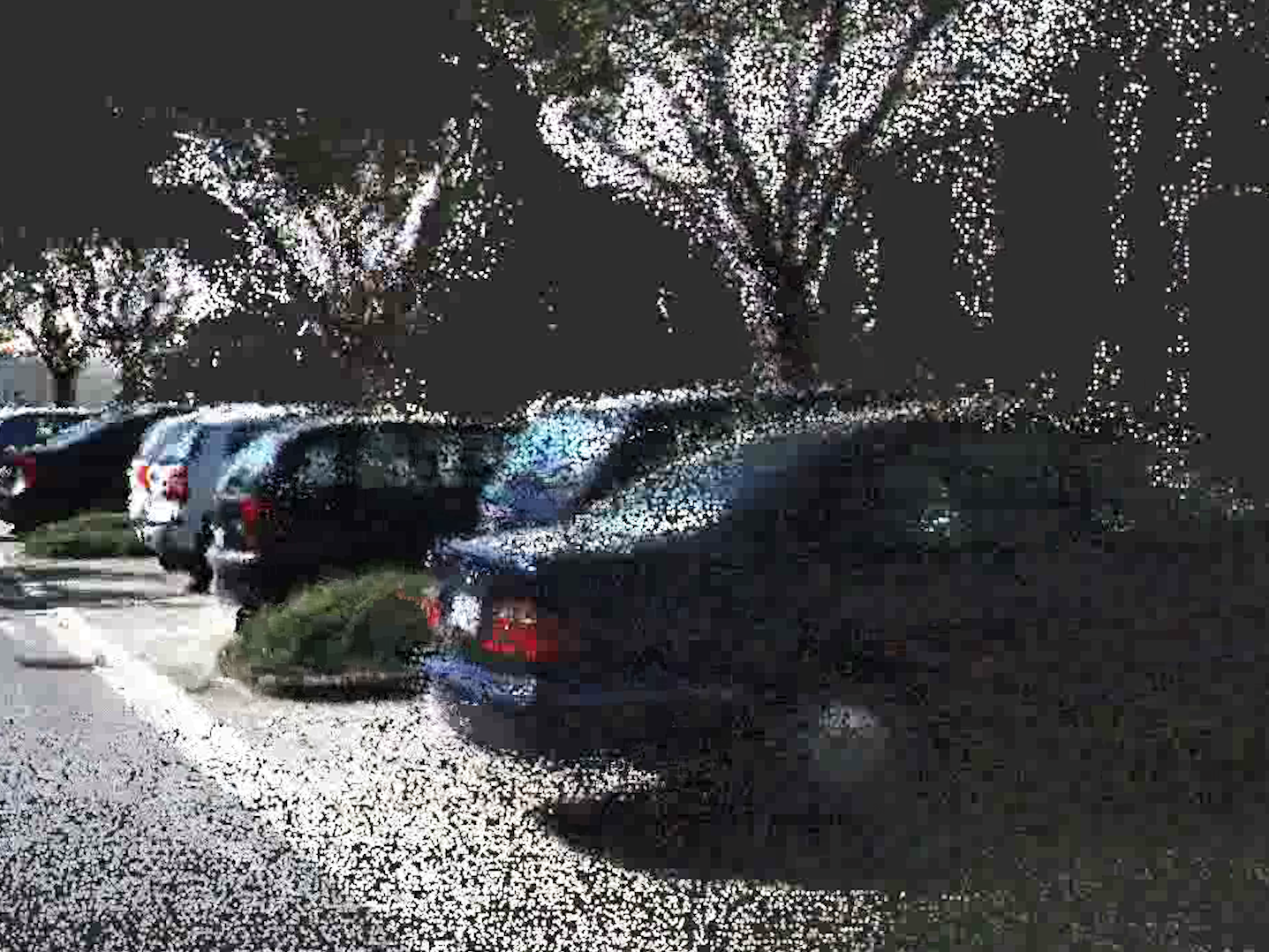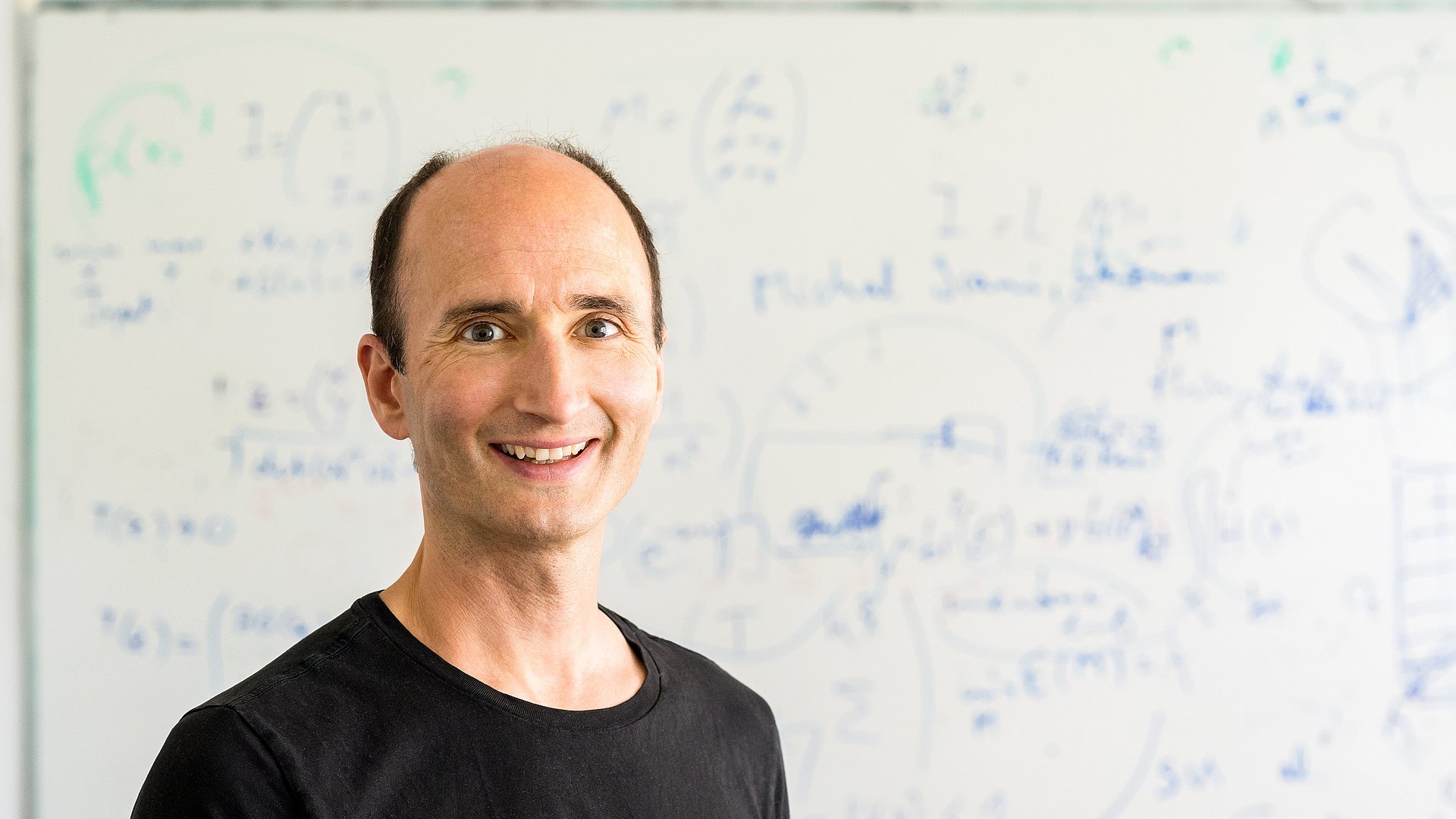Researchers at the Technical University of Munich (TUM) have succeeded in generating precise 3D reconstructions of objects using images from only two camera perspectives. Their method works even with images captured in their natural surroundings. Previously, such reconstructions were possible only with hundreds of perspectives or under laboratory conditions. Camera-based reconstructions are used in autonomous driving or when preserving historical monuments.
In recent years, neural methods have become widespread in camera-based reconstructions. In most cases, however, hundreds of camera perspectives are needed. Meanwhile, conventional photometric methods exist which can compute highly precise reconstructions even from objects with textureless surfaces. However, these typically work only under controlled lab conditions.
 Andreas Heddergott / TUM
Andreas Heddergott / TUM More precise reconstructions despite small numbers of data points
Daniel Cremers is a professor of Computer Vision and Artificial Intelligence at TUM and a director of the Munich Center for Machine Learning (MCML) and the Munich Data Science Institute (MDSI). With his team, he has developed a method that utilizes the two approaches. It combines a neural network of the surface with a precise model of the illumination process that considers the light absorption and the distance between the object and the light source. The brightness in the images is used to determine the angle and distance of the surface relative to the light source. “That enables us to model the objects with much greater precision than existing processes. We can use the natural surroundings and can reconstruct relatively textureless objects for our reconstructions,” says Daniel Cremers.
 TUM
TUM Applications in autonomous driving and preservation of historical artefacts
The method can be used to preserve historical monuments or digitize museum exhibits. If these are destroyed or decay over time, photographic images can be used to reconstruct the originals and create authentic replicas. The team of Prof. Cremers also develops neural camera-based reconstruction methods for autonomous driving, where a camera films the vehicle’s surroundings. The autonomous car can model its surroundings in real-time, develop a three-dimensional representation of the scene, and use it to make decisions. The process is based on neural networks that predict 3D point clouds for individual video images that are then merged into a large-scale model of the roads travelled.
Display external content
At this point content of an external provider (source: www.xyz.de) is integrated. When displaying, data may be transferred to third parties or cookies may be stored, therefore your consent is required.
You can find more information and the possibility to revoke your consent at www.tum.de/datenschutz.
I agree
Artificial Intelligence
AI applications are already changing the world of work, research and everyday life. We are helping to shape this technological progress: Our researchers are developing new methods and applications of AI across disciplines.
Further information and links

